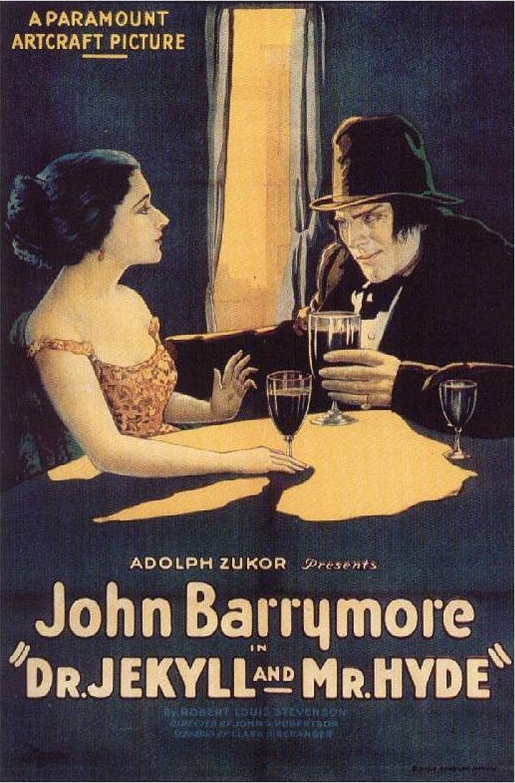Yesterday marked the 90th anniversary of the filing of the official Articles of Incorporation for the Academy of Motion Picture Arts and Sciences. It seems only appropriate, therefore, to feature records in our collection relating to motion pictures. So make some popcorn, sit back, and enjoy the blog!
The general manager of The National Exploitation Co., W. J. Benedict, was excited to inform Archbishop McNeil about the showing of the film
His Holiness: Pope Pius XI and scenes of the 26th International Eucharistic Congress in Rome at the Royal Alexandra Theatre in May 1923. He requested that the announcement be made at Sunday mass and at parochial schools to ensure that adults and children alike could enjoy the films. Note that the letterhead is specifically designed for the show.
 |
Letter from W. J. Benedict to Abp. McNeil,
May 12, 1923
MN AH12.55
Archbishop McNeil fonds |
In 1927, a film of the 28th International Eucharistic Congress in Chicago was shown at Massey Hall. Rev. T. J. Manley wrote to the Department of the Treasurer of Ontario asking for an exemption from the amusement tax, which was (and, in some provinces, it seems still is) a tax applied to motion pictures, theatre performances, etc., that was brought in as a war measure. Exemptions could be made for charitable, educational, or religious purposes, as long as receipts were provided. Provincial Treasurer J. D. Monteith informed Rev. Manley that his request had been granted. The proof was sent to the Amusement Tax Office after the showing.
 |
Letter from J. D. Monteith to Abp. McNeil,
March 7, 1927
MN AH16.39A
Archbishop McNeil fonds |
 |
Letter from the Archbishop's Residence to Thomas Scott at the Amusement Tax Office,
April 23, 1927
MN AH16.176
Archbishop McNeil fonds |
The effect of motion pictures on viewers has long been a topic of conversation, since the content of certain films is sometimes considered controversial. O. J. Silverthorne, chairman of the Motion Picture Censorship and Theatre Inspection Branch of the Treasury Department of Ontario, sent then-Archbishop McGuigan a copy of the annual report of the branch. In his letter, Silverthorne alluded to a particular discussion of interest.
 |
Letter from O. J. Silverthorne to then-Abp. McGuigan,
June 2, 1945
MG SO06.247
Cardinal McGuigan fonds |
M. E. Bruce, president of Picture Service Limited, wrote to Archbishop McNeil about the cost and distribution of his company's film,
Sacrifice of the Mass. Approximately $3,000 was invested in the early 1920s, which is almost $42,360 today.
 |
Letter from Muriel E. Bruce to Abp. McNeil,
October 4, 1922
MN AH11.30
Archbishop McNeil fonds |
In 1936, Pope Pius XI wrote an encyclical,
Vigilanti Cura, on motion pictures to the Archbishops and Bishops of the United States. It was sent to the archbishop with a cover letter.
 |
Copy of a cover letter from Abp. Pizzardo to then-Abp. McGuigan,
July 6, 1936
MG RC188.03
Cardinal McGuigan fonds |
 |
Encyclical letter on motion pictures of Pope Pius XI,
promulgated on June 29, 1936
MG PS118.01
Cardinal McGuigan fonds |
From page 10:
"Everyone knows what damage is done to the soul by bad motion pictures. They are occasions of sin; they seduce young people along the ways of evil by glorifying the passions; they show life under a false light; they cloud ideals; they destroy pure love, respect for marriage, affection for the family. They are capable also of creating prejudices among individuals and misunderstandings among nations, among social classes, among entire races.
On the other hand, good motion pictures are capable of exercising a profoundly moral influence upon those who see them. In addition to affording recreation, they are able to arouse noble ideals of life, to communicate valuable conceptions, to impart a better knowledge of the history and the beauties of the Fatherland and of other countries, to present truth and virtue under attractive forms, to create, or at least to favor understanding among nations, social classes and races, to champion the cause of justice, to give new life to the claims of virtue, and to contribute positively to the genesis of a just social order in the world."











